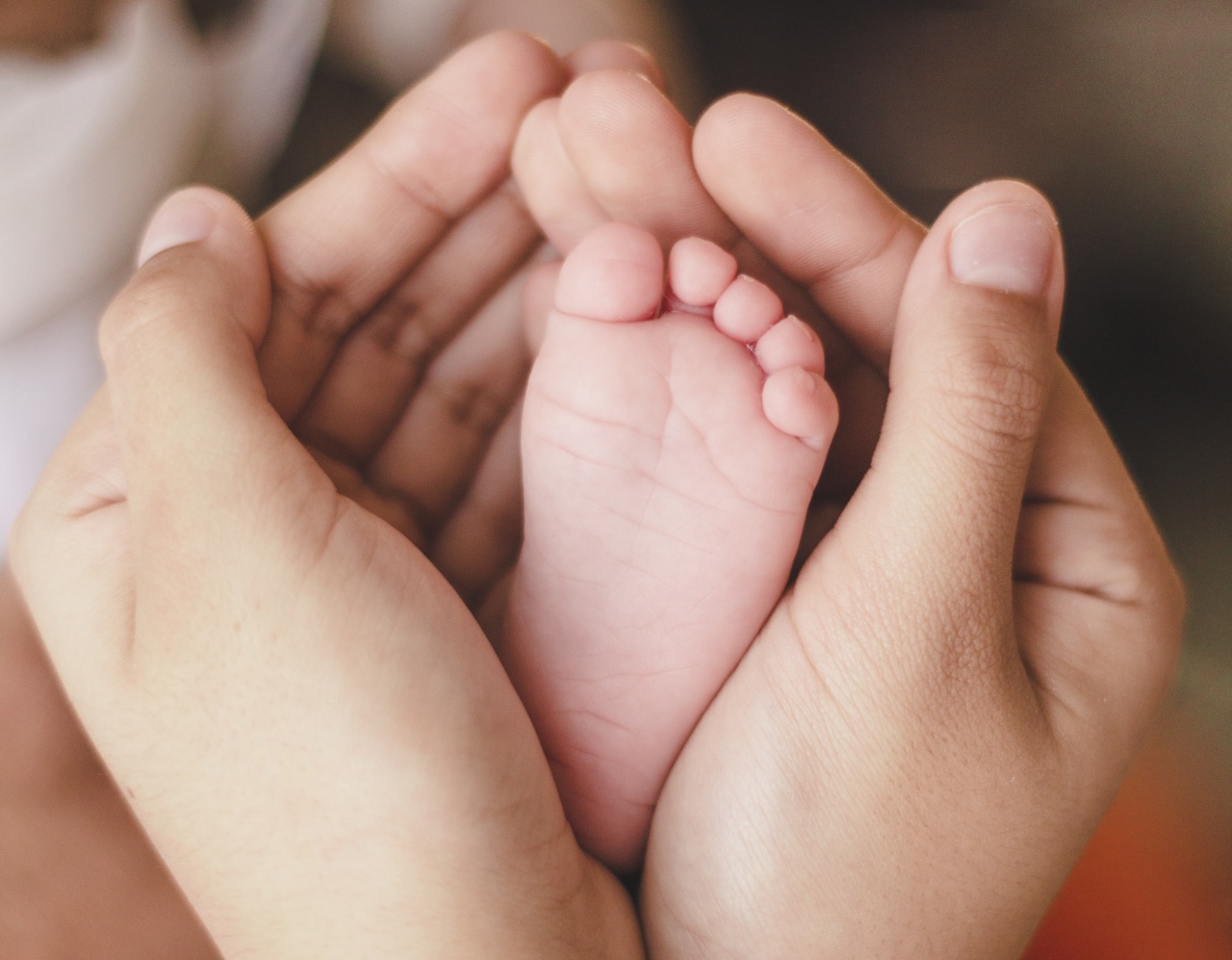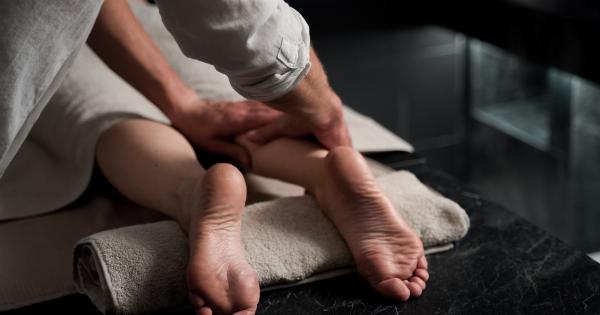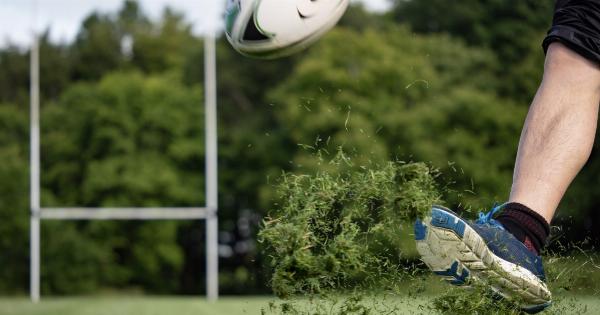Sole pain is a common foot problem that can significantly impact a person’s quality of life. However, it is often not an isolated issue, and there can be a link between sole pain and other foot problems.
In this article, we will explore various foot conditions that may be related to sole pain and discuss their causes, symptoms, and potential treatment options.
Plantar Fasciitis
One of the most common foot problems associated with sole pain is plantar fasciitis. This condition occurs when the plantar fascia, the ligament that supports the arch of the foot, becomes inflamed or damaged.
People with plantar fasciitis often experience sharp pain in their sole, especially in the morning or after prolonged periods of rest.
Heel Spurs
Heel spurs are bony growths that develop on the heel bone (calcaneus). These protrusions can cause intense pain and discomfort in the sole, particularly when walking or standing.
While heel spurs are often found in conjunction with plantar fasciitis, they can also occur independently.
Morton’s Neuroma
Morton’s neuroma is a condition that involves the thickening of tissue around the nerves leading to the toes. This often leads to pain in the ball of the foot and can cause radiating discomfort towards the sole.
Individuals with Morton’s neuroma may experience a burning or tingling sensation in addition to foot pain.
Tarsal Tunnel Syndrome
Tarsal tunnel syndrome is similar to carpal tunnel syndrome but affects the foot. It occurs when the posterior tibial nerve becomes compressed or damaged, resulting in pain and other sensations in the sole.
Tarsal tunnel syndrome can cause tingling, numbness, and shooting pain.
Metatarsalgia
Metatarsalgia refers to generalized pain and inflammation in the ball of the foot, which can extend to the sole. This condition often occurs due to excessive pressure on the metatarsal bones, leading to discomfort when walking or standing.
Achilles Tendinitis
Achilles tendinitis is the inflammation of the Achilles tendon, which connects the calf muscles to the heel bone. While the condition primarily affects the back of the foot and ankle, it can also cause discomfort and pain in the sole.
Individuals with Achilles tendinitis may experience difficulty walking and tenderness in the affected area.
Flat Feet
Flat feet, also known as fallen arches, can contribute to sole pain and other foot problems. When the arches of the feet are not properly supported, the sole bears more weight and pressure, leading to pain and fatigue.
Flat feet can also cause overpronation, an inward rolling of the foot when walking or running, which further exacerbates sole discomfort.
Bunions
Bunions are bony bumps that develop at the base of the big toe, causing it to deviate from its normal position. This misalignment can lead to pain and pressure in the sole as the weight distribution becomes uneven.
Bunions can be exacerbated by ill-fitting footwear.
Hammertoes
Hammertoes are deformities that cause one or more toes to bend in an unnatural position, resembling a hammer. This condition can cause pain and discomfort in the sole, along with corns and calluses due to increased pressure and friction.
Ingrown Toenails
While primarily affecting the toes, ingrown toenails can also result in sole pain, especially if left untreated. When the edge of a toenail grows into the surrounding skin, it can cause inflammation, infection, and significant discomfort.
Conclusion
Sole pain is often connected to various foot problems and should not be ignored. Seeking proper medical attention and treatment is crucial to alleviate the pain and prevent further complications.
Whether it’s plantar fasciitis, Morton’s neuroma, or other foot conditions, addressing the underlying causes of sole pain can significantly improve foot health and overall well-being.




























